Face Acne

Can wearing a face mask cause skin irritation or acne ?
Wearing a face mask can cause skin irritation or acne due to friction, pressure, heat, moisture buildup, and bacterial growth. To prevent these issues, choose breathable materials, wash your face regularly with gentle cleansers, use oil-free skincare products, change your mask frequently, and consult a dermatologist if necessary.
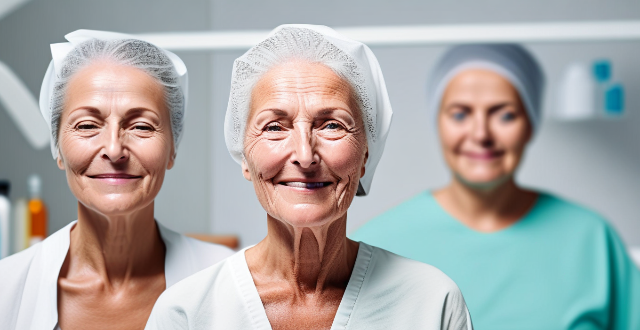
How do I deal with acne and blemishes effectively ?
Acne is a common skin condition that affects millions of people worldwide. Here are some tips on how to deal with it effectively: wash your face regularly, apply a topical treatment, use over-the-counter medications, protect your skin from sun damage, eat a healthy diet, and get enough sleep. If your acne persists despite trying these methods, talk to your doctor about other options such as oral antibiotics or laser therapy.

What are the best skincare products for acne-prone skin ?
Acne-prone skin can be challenging to manage, but with the right skincare products, you can effectively control breakouts and improve the overall health of your skin. Here are some of the best skincare products for acne-prone skin: Cleansers: Salicylic acid cleanser is excellent for dissolving excess oil and dead skin cells in pores. Benzoyl peroxide cleanser is a powerful antibacterial agent that kills acne-causing bacteria. Toners: Witch hazel toner tightens pores and reduces inflammation. Tea tree oil toner has antibacterial properties effective against acne-causing bacteria. Moisturizers: Oil-free moisturizer won't clog pores or worsen acne. Gel moisturizers are lightweight and non-greasy, providing hydration without adding extra oil to the skin. Treatments: Retinoids unclog pores, reduce inflammation, and promote cell turnover. Alpha hydroxy acids (AHAs) exfoliate the skin and unclog pores. Sunscreen: Oil-free sunscreen with at least SPF 30 shields the skin from harmful UV rays without clogging pores.

How do celebrities deal with acne and blemishes ?
Celebrities deal with acne and blemishes through a combination of professional help, skincare routines, lifestyle habits, cosmetic procedures, and makeup artistry. They consult with dermatologists for personalized treatments and advice, work with estheticians for specialized skincare services, and follow strict skincare routines involving cleansing, toning, treatment products, moisturizing, and sun protection. Additionally, they adopt healthy lifestyle habits such as a balanced diet, hydration, and stress management. Cosmetic procedures like fillers, injectables, and microneedling are also used to address acne scars. Finally, skilled makeup artists help cover blemishes and acne marks with non-comedogenic makeup products.

What are the benefits of using a face mask regularly ?
The text provides a summary of the benefits of using a face mask regularly, including improved skin health, anti-aging benefits, acne prevention and treatment, and relaxation and self-care. The improved skin health section discusses the benefits of moisturization, cleansing, nutrient infusion, and brightening effects. The anti-aging benefits section highlights boosting collagen production, fighting free radicals, plumping up fine lines and wrinkles, and improving skin texture. The acne prevention and treatment section covers reducing inflammation, balancing oil production, unclogging pores, promoting healing, and preventing future breakouts. The relaxation and self-care section emphasizes stress relief, aromatherapy benefits, sensory experience, and quality me-time. Overall, the text suggests that incorporating face masks into a regular skincare routine can offer numerous benefits for both physical and mental well-being.
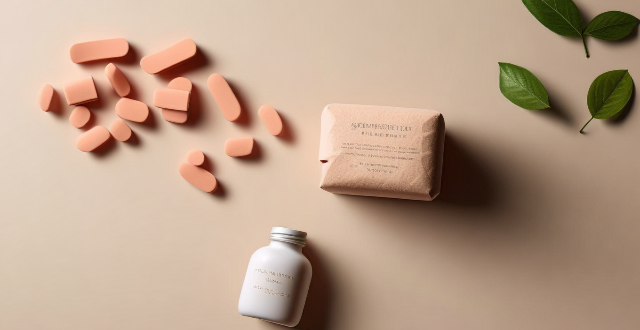
Can you suggest any affordable skincare products loved by celebrities ?
The article discusses affordable skincare products that are loved by celebrities, including Neutrogena Hydro Boost Water Gel, Cetaphil Gentle Skin Cleanser, The Ordinary Niacinamide 10% + Zinc 1%, and La Roche-Posay Effaclar Duo Acne Treatment. These products offer benefits such as intense hydration, gentle cleansing, reducing inflammation, and targeting acne without breaking the bank.
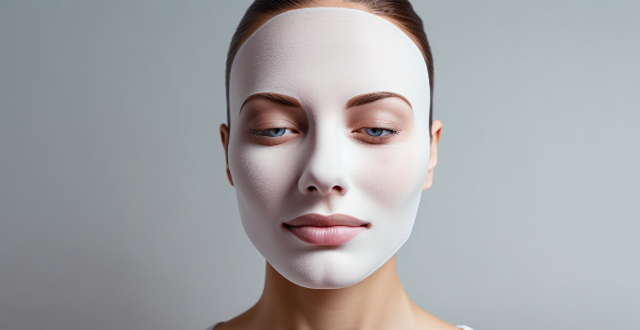
Are there any health risks associated with wearing a face mask for an extended period ?
Wearing a face mask for an extended period can have potential health risks such as skin irritation, difficulty in breathing, reduced oxygen intake, and psychological effects. However, these risks are generally minimal when compared to the benefits of wearing a mask in preventing the spread of infectious diseases. It is important to choose a mask that fits well and is made of breathable materials to minimize any potential health risks.
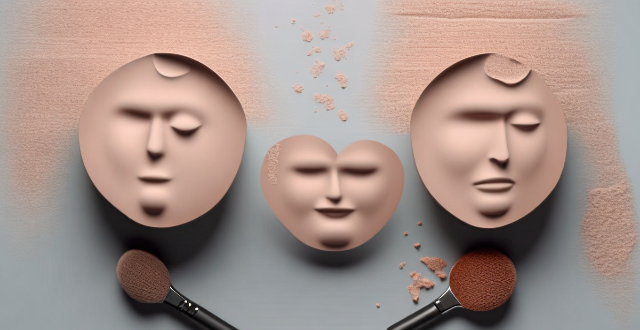
Are there any shortcuts to doing a full face of makeup quickly ?
In this guide, we explore shortcuts and tips for doing a full face of makeup quickly. We discuss preparation, multi-tasking products, streamlined techniques, and time-saving tools. By following these steps, you can do a full face of makeup quickly without sacrificing quality or style.
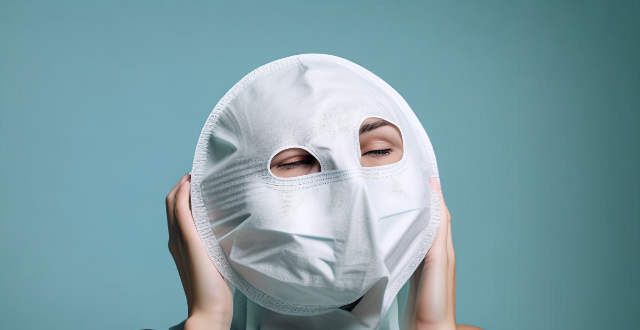
Can wearing a face mask for a long time cause breathing problems ?
Wearing a face mask for extended periods can cause breathing issues, especially if the mask is not fitted properly or worn incorrectly. There are various types of face masks, each with its own potential impact on breathing, including surgical masks, N95 respirators, and cloth masks. Prolonged use of face masks can lead to increased resistance, humidity, and reduced oxygen intake. To minimize potential breathing issues while wearing a face mask, it's important to ensure proper fit, choose breathable materials, take breaks, stay hydrated, and consult a healthcare professional if necessary. Overall, the benefits of source control and infection prevention should be balanced against any minor discomforts experienced.

How do I clean and store my reusable face mask ?
Face masks have become an essential part of our daily lives, especially during the COVID-19 pandemic. If you're using a reusable face mask, it's crucial to clean and store it properly to maintain its effectiveness and longevity. Here's a step-by-step guide on how to do so: ### Cleaning Your Reusable Face Mask Hand Washing * Fill a basin or sink with warm water: Make sure the water is not too hot to avoid damaging the fabric. * Add a mild detergent: Use a gentle soap or laundry detergent that is free from bleach and harsh chemicals. * Soak the mask: Let the mask soak in the solution for at least 30 minutes. * Gently scrub: Use your hands or a soft brush to gently scrub the mask, paying special attention to the areas around the nose clip and ear loops. * Rinse thoroughly: Rinse the mask under running water until all soap residue is removed. * Lay flat to dry: Place the mask on a clean towel or hang it to air dry completely before using it again. Machine Washing * Place the mask in a mesh laundry bag: This will protect the mask from getting damaged in the washing machine. * Select a delicate cycle: Use cold or warm water and set your washing machine to a gentle cycle. * Use mild detergent: Choose a detergent that is free from bleach and harsh chemicals. * Dry the mask: After washing, either lay the mask flat to air dry or tumble dry on low heat. ### Storing Your Reusable Face Mask Proper Storage Techniques * Keep it clean and dry: Ensure that your mask is completely dry before storing it to prevent mold growth. * Store in a breathable container: Use a paper bag or a breathable fabric pouch to store your mask. Avoid using plastic bags as they can trap moisture. * Avoid direct sunlight: Direct sunlight can degrade the fabric over time, so store your mask in a cool, shaded area. * Separate dirty and clean masks: Keep your clean masks separate from used ones to avoid cross-contamination. When to Replace Your Mask Visible damage or wear: If your mask has holes, torn seams, or is significantly faded, it's time to replace it. Loss of shape or fit: If the mask no longer fits snugly against your face or if the nose strip is no longer effective, consider replacing it. Reduced effectiveness: If you notice a decrease in filtration efficiency or breathability, it may be time for a new mask.

How does wearing a face mask affect oxygen levels in the body ?
Wearing a face mask is an essential practice during the COVID-19 pandemic to prevent the spread of the virus. However, some people have concerns about whether wearing a mask affects oxygen levels in the body. In this article, we will explore how wearing a face mask affects oxygen levels in the body and provide evidence to support our claims. There are two main ways in which wearing a face mask can affect oxygen levels: decreased airflow and increased carbon dioxide retention. However, studies have shown that wearing a face mask does not significantly reduce oxygen levels in healthy individuals who are not exercising heavily. In healthy individuals, wearing a face mask does not pose any significant risk of low oxygen levels. However, if someone has underlying respiratory conditions such as asthma or COPD, they may experience shortness of breath or other symptoms when wearing a face mask. To ensure adequate oxygen levels while wearing a face mask, one can follow these tips: choose the right type of mask, maintain good hydration, exercise regularly, avoid heavy exercise, and consult with healthcare professionals if necessary.
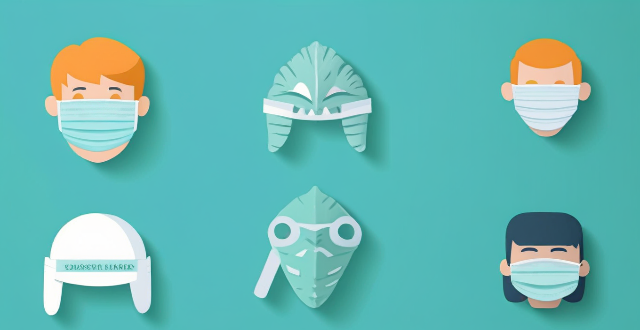
Is it safe to reuse disposable face masks after being out in public ?
The safety of reusing disposable face masks depends on several factors, such as the type of mask, how long you've been wearing it, and whether or not you've touched the outside of the mask. The CDC recommends replacing your disposable face mask as soon as it becomes moist or dirty. While it may be tempting to reuse disposable face masks to conserve resources, doing so could compromise their effectiveness. It is generally recommended to follow the guidelines provided by health organizations and experts and prioritize your health and safety by using clean and effective personal protective equipment.

What challenges do athletes face when using their platform to advocate for peace ?
Athletes face challenges when advocating for peace, including navigating political landmines, dealing with criticism and backlash, balancing personal brand and advocacy, finding common ground, maintaining credibility, overcoming language barriers, and avoiding complacency.

What challenges do athletes from different cultural backgrounds face when competing in foreign countries ?
Athletes from different cultural backgrounds face challenges when competing in foreign countries, including language barriers, cultural differences, time zone changes, and homesickness. These issues can affect performance, mental state, and overall experience during competition. Overcoming these challenges requires resilience, adaptability, and a strong support system.

What are the latest trends in non-invasive beauty treatments ?
Non-invasive beauty treatments have grown in popularity as they offer cosmetic enhancements without surgery. Latest trends include microneedling for skin rejuvenation, laser hair removal for long-lasting hair reduction, chemical peels for improved skin texture, ultrasound therapy for boosting collagen production, and LED light therapy for addressing various skin concerns. These treatments cater to different aesthetic needs and are generally well-tolerated with minimal downtime.

How often should I exfoliate my skin ?
Exfoliation is an important part of maintaining healthy and youthful-looking skin. The frequency of exfoliation depends on your skin type and personal preferences. Here are some general guidelines: 1. For oily or acne-prone skin, it's recommended to exfoliate once or twice a week. This helps to remove excess oil and prevent clogged pores. 2. For normal to dry skin, exfoliating once a week is usually sufficient. However, if you have sensitive skin, you may want to reduce the frequency to every other week or even once a month. 3. For mature or aging skin, exfoliating once or twice a week can help to smooth out fine lines and wrinkles while promoting cell turnover. 4. If you're using a chemical peel or microdermabrasion treatment, follow the instructions provided by your aesthetician or doctor for the appropriate frequency of exfoliation. Remember that over-exfoliating can cause irritation and dryness, so it's important to find the right balance for your skin type. Always test new products on a small area of your face before applying them all over, and always use gentle exfoliants designed specifically for your skin type.

Can poor personal hygiene lead to skin problems ?
Poor personal hygiene can lead to a variety of skin problems, including bacterial and fungal infections, irritation and inflammation, and other conditions. To prevent these issues, it's important to practice good hygiene, such as regular showering, wearing clean clothes, hand washing, moisturizing, and sun protection.